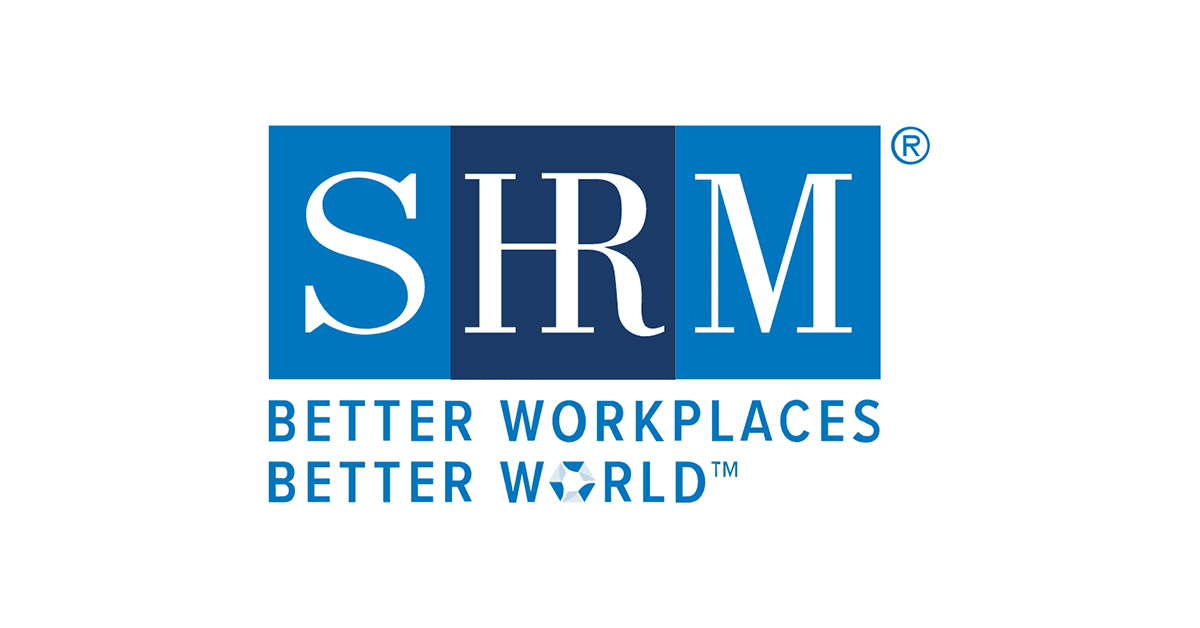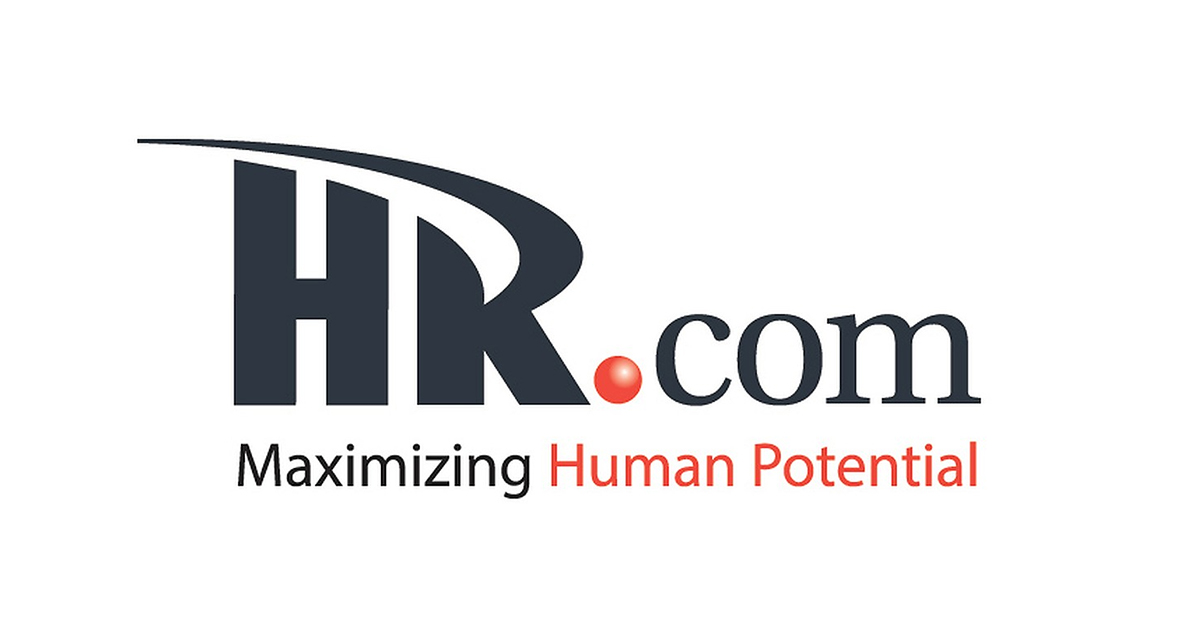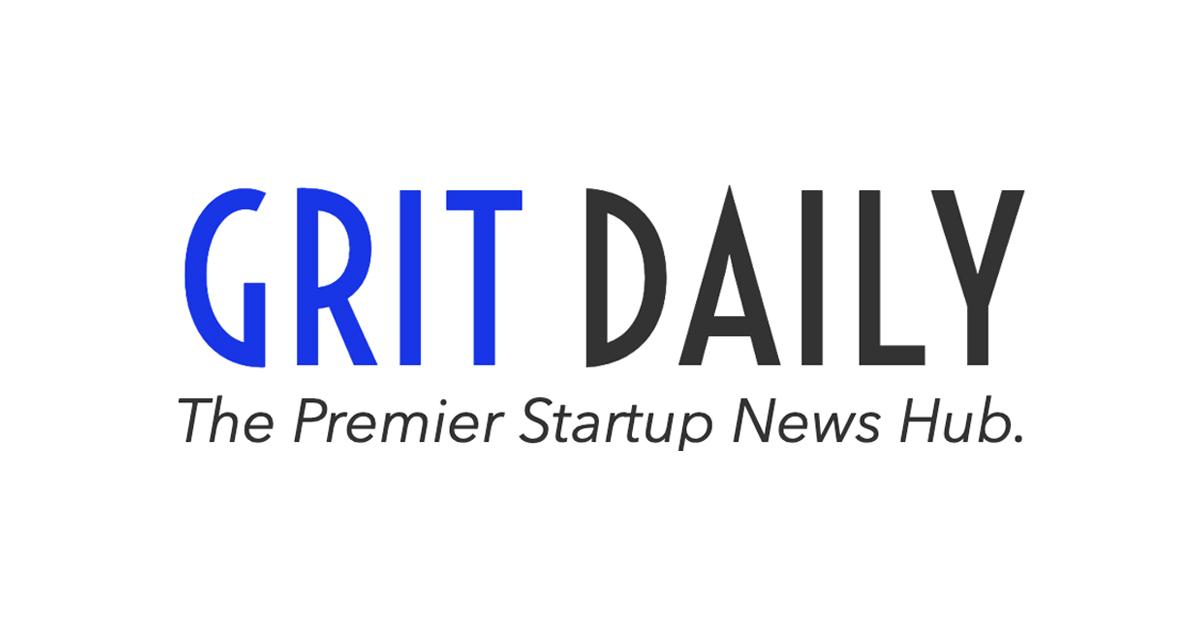I love the chatbots and virtual personal assistants in my life. Google Home tells me the weather every morning. Waze gets me where I’m going, fast. Alexa helps me cook.
But they’re not perfect. Sometimes I say, “Call Charlie” (my husband) and I get “Find rural radio.” Google tells me “Sorry, I don’t understand” more than I would like, though she’s pretty amazing.
I don’t mind, because they are pretty great at what they do.
Which isn’t confidential workplace investigations.
I don’t know about you, but the latest phenomenon of having anonymous chatbots handling sexual harassment and other workplace misconduct reporting leaves me a little cold.
Now, I’m no Luddite. I run a technology company, and I’m pretty much of an early adopter in most of what I do. Chatbots for recruiting and sorting through resumes? Sign me up. Help me sort through the knowledge base for answers? Love it.
But I’ve also been conducting workplace investigations for more than 20 years, and I’ve learned a bit along the way. And if there’s one thing above all, it’s that people are people and they don’t behave like machines. They need trust and relationships to run, and nowhere is that more true than in a stressful, emotional situation like reporting sexual harassment or an actual investigation.
Build Trust in Your Sexual Harassment Reporting Procedures.
Employees need to know there is a fair process behind them. They need to know they will be treated with dignity. They need to look into eyes and feel they can trust the person sitting in front of them. If they cry (and many do), they want to be able to feel their feelings and information will be held in confidence.
Most of all, they want to be treated with respect, regardless of the outcome.
An anonymous bot is the antithesis of this dignified, respectful experience.
We’ve seen these needs in action in recent news headlines, as employees demand transparency and accountability from their companies and their leaders, especially when it comes to sexual harassment. We’ve seen walkouts and demands for open communication. Companies like Microsoft and more have risen to the challenge and pledged change.
Progressive organizations are indeed turning to technology to help them with sexual harassment reporting procedures and building better workplaces – and even to AI and chatbots to help with their HR needs, but they’re not the solution for tackling workplace investigations. They can improve efficiency and handle routine tasks, but trust is not their bailiwick. And for that reason – as well as a few others – they don’t replace your employee relations team when it comes to looking into and managing harassment allegations. Here’s a look at why.
Chatbots don’t care – and they don’t speak body language.
Yes, Alexa can find your favorite song, but do you want her interviewing you about harassment?
Investigations and other people-related issues are sensitive and nuanced. Employee relations professionals and workplace investigators are trained to conduct open-ended, yet guided, conversations that protect both employees and the organization’s reputation. Common, consistent interview protocols can, and should be followed, yet a human interviewer can see when a conversational side-tour is needed.
Even the most well-structured AI-based interviews can miss the mark when it comes to the natural flow, rhythm and tone of conversation – and it’s in the back and forth and body language where the critical information often comes out.
For example, one well-known attorney told me about her “three strikes rule”: essentially that clients will sometimes deny claims on the first or second round of discussion, but give up the truth on the third round, typically in response to body language.
Human interviewers also represent a caring and consistent presence throughout the process. For victims, the impact of this interpersonal connection can’t be overstated, especially the emotional charge of reporting sexual harassment situations. A bot will never be able to make those connections and lend that emotional support—at least not any time soon.
- Anonymity creates a cloak for false accusations. On the surface, anonymity seems perfect for preserving confidentiality. Yet it’s ripe for creating accusations that can’t be traced or fully vetted – creating a venue for potential fraud and misuse. It’s not as easy to look at a person and lie, putting your name and reputation behind the process (though of course it happens.) Anonymous bots promise protection, yet create opportunities for abuse.
- Investigations are not “once and done.” Even if bots worked well for intake reporting, it’s important to remember that investigations take time and require ongoing communication and personal contact. Even after the official process is over, best-practice organizations have “after care” programs that continue communication with all parties, mending bridges where necessary and building transparency and trust.
Technology can help, but it doesn’t take the role of people.
Technology has an enormous role to play in streamlining and improving sexual harassment investigations – and in building a better workplace culture. It can help in training, ensuring consistent interview protocols are used, proper documentation and tracking are implemented and that confidentiality is assured across the process.
Technology can also support a culture of transparency and leadership accountability – and, as we’ve seen in recent news headlines, that’s one that’s increasingly being demanded by employees. They don’t want to report into a black hole. They want to know their concerns are being taken seriously and acted on.
When your organization follows fair, consistent processes, employees know what to expect when and if they are reporting sexual harassment – and will be more comfortable coming forward. With a better view into data and issue trends, leaders will have more visibility into patterns across the organization – and will be better able to stop issues and bad actors before they have a chance to wreak more havoc.
None of these things are possible under the cover of anonymity. They require courageous conversation across the organization, accountability from leaders and commitment from the top – and in this scenario, chatbots aren’t the ones leading confidential investigations.
There’s no way you’ll get me to give up on my digital assistants, or even AI to help me with my HR needs, but not for investigations. Anonymous and confidential aren’t synonyms. A culture of transparency and trust is built on relationships – and those are built by people. Technology is an enabler, not a replacement.
Ready to equip yourself with the data to discover patterns, identify trends and proactively manage risk? Schedule a demo!




